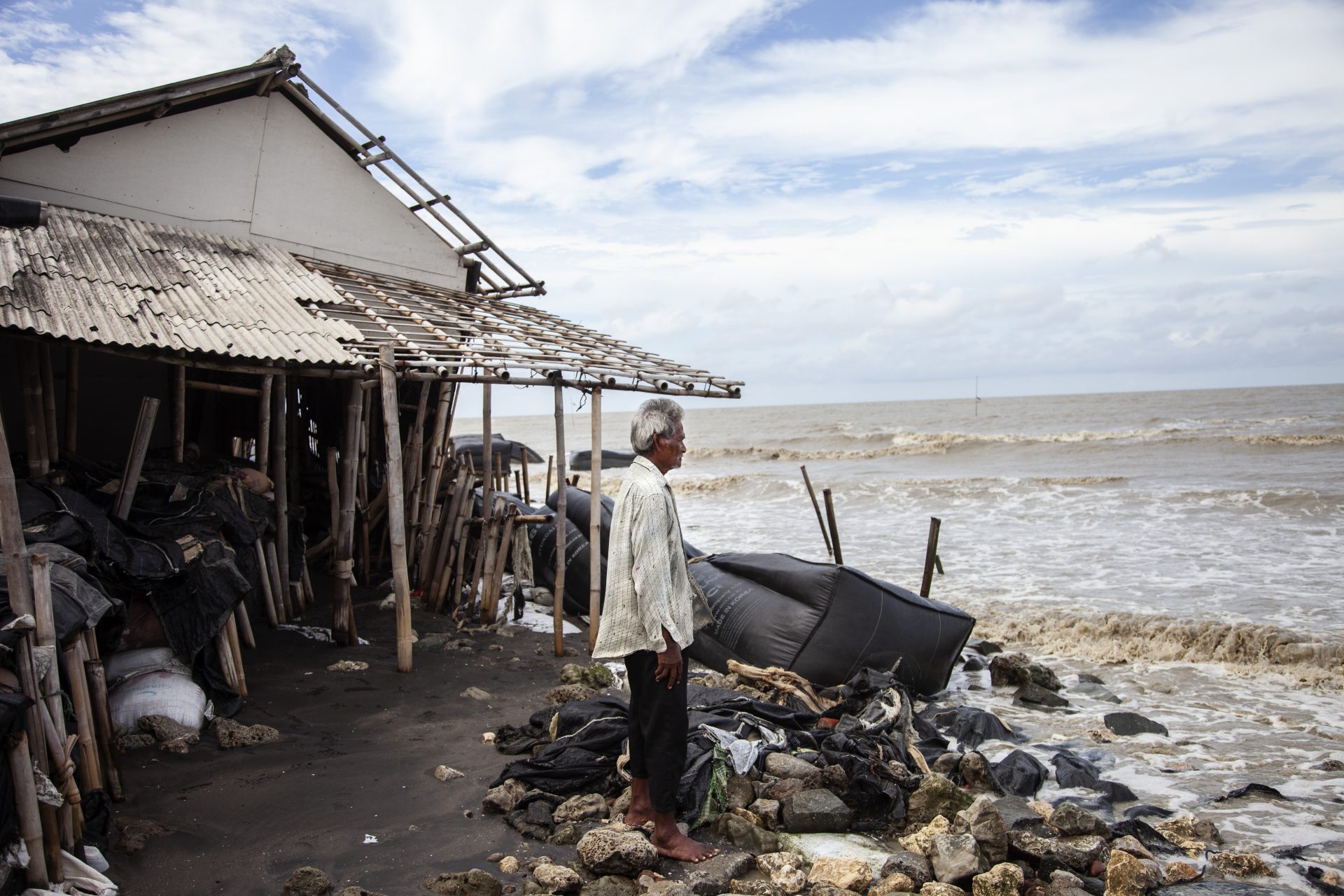Vanishing Shores: the coasts and islands doomed by climate change
Climate change is not only affecting our daily lives (hello heat waves!) but also what the world around us looks like. Our oceans are rising and as they do they are changing the way that coasts look.
Global warming will lead to sea levels rising by at least one meter during the 21st century. Many coastlines will be impacted around the world with irreversible consequences for coastal inhabitants. Here's an overview of where to avoid buying property…
A 'Nature' study published in 2019 created a risk map using the year and different warming scenarios. This interactive tool created by researchers shows that 300 million people could face annual floods by 2050.
There are different scenarios that depend on the rise in sea level, the intensity of greenhouse gas emissions and how much the Antarctic ice sheet melts. But 150 million people will live below sea level in all scenarios, compared to 110 million today.
While they're currently protected by dykes or mangroves, coastal inhabitants will have to build new developments or move away from the coasts. The race against time has already begun.
By 2050, a million inhabitants in France alone could be impacted. In mainland France, a 50 centimeters rise in sea level is very likely to take place by 2080-2100, flooding a large portion of the coastline...
The Channel and North Sea coasts would be hit hard, particularly in Pas-de-Calais and Seine-Maritime.
The Atlantic coast won't be spared either, especially in Charente-Maritime and Gironde. There are several possible coastal erosion solutions: developing the coast to monitor erosion, relocate populations towards Bordeaux, or maintaining the existing coastline with civil engineering projects.
From northern France to western Denmark, and from the east coast of England to the Netherlands, rising sea levels will impact the North Sea coasts for decades to come. A significant portion of the Netherlands will have to be redeveloped in order to remain habitable.
The magical Italian city famous for its canals will be at the forefront of the rising sea levels. Will Venice as we know it disappear? The city is already facing a dilemma between keeping tourism revenue and preserving the city.
The South American Atlantic coast will also suffer the consequences of rising sea levels. French Guiana will be affected, as well as northeastern Brazil, Suriname, and Venezuela.
Further north, Cuba and the Bahamas will face the negative impacts of rising sea levels. Their sunny skies and sandy beaches are at a significant risk of disappearing, which will impact their economies that are largely powered by tourism.
In the United States, there will be significant ramification for Southern coasts if nothing is done to curb global warming. The first victims will be Florida, a populous state that attracts millions of tourists annually, and Louisiana, which has already been significantly impacted by Hurricane Katrina in 2005.
Mozambique will be the African country that's the most impacted by rising sea levels. The country has several major cities on the coast of the Indian Ocean. But Tanzania, Nigeria, Senegal, and Mauritania won't be spared either.
The highly populated coasts on the Mediterranean sea will have to face the rising sea levels. The regions that will face the most impact are Andalusia in southern Spain, the Libyan coast and Alexandria and Port Said in Egypt.
Scientists have declared a gigantic area North of the Persian Gulf spanning thousands of kilometers between Iraq and Iran to be at risk for flooding. Future floods will undoubtedly lead to significant population displacements.
East India, particularly near Calcutta and Bangladesh, undoubtedly faces the greatest risk. Hundreds of millions of people live in the area, and an uncontrolled rise in sea level would have significant ramifications for the region and the rest of the world.
The densely populated coasts of Thailand (around the capital Bangkok), Vietnam (around Hanoi and Ho-Chi-Minh-City), Malaysia, and certain Indonesian islands will also face the consequences of rising sea levels.
Chinese coastlines are among the most threatened, especially around cities like Shanghai or Tianjin. Hundreds of millions of lives are at stake. How will the Chinese government mitigate this risk?
Finally, several regions of North and South Korea and Japan are predicted to feel the impacts of rising sea levels, especially in the Japanese cities of Nagoya and Osaka.
If rising temperatures seem irreversible in the short term, it makes it all more necessary and urgent to take action in order to limit global warming and its devastating effects.
More for you
Top Stories


































